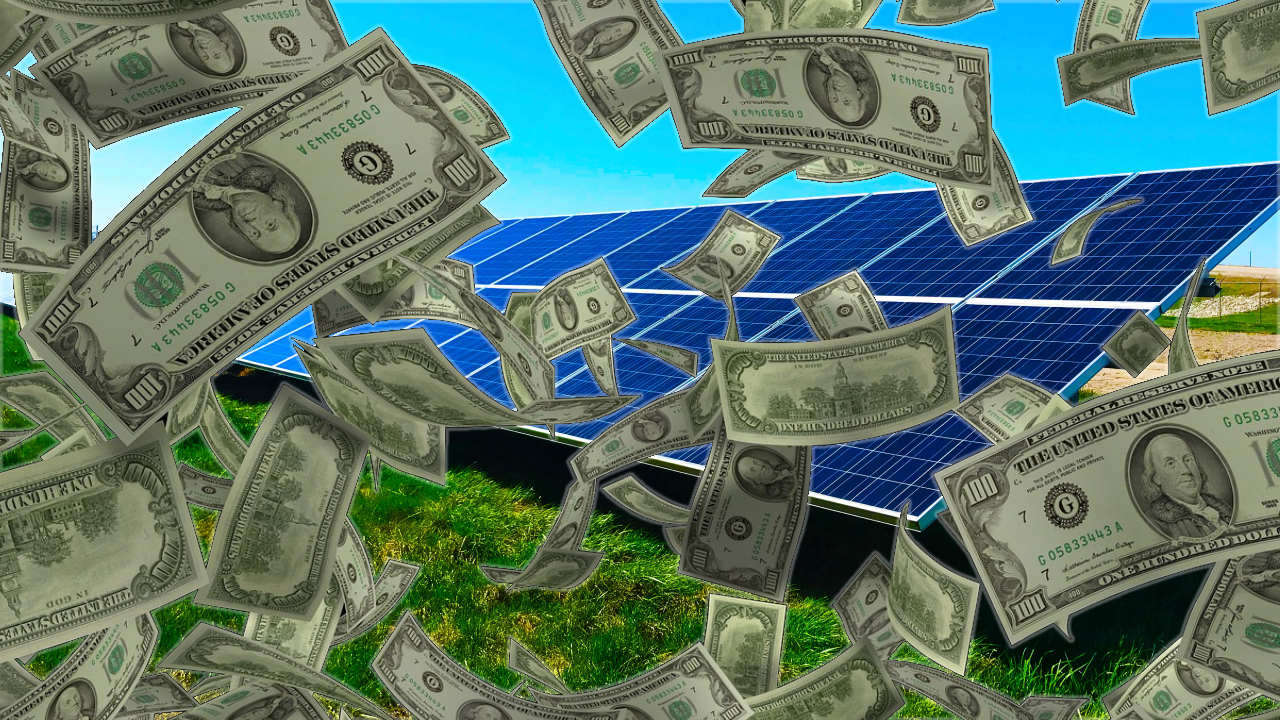- The World Bank has loaned South Africa a whopping $1 billion, earmarked to sort out the ailing power sector.
- South Africa will use the loan to “unbundle” Eskom and split it into three separate businesses.
- This split will supposedly allow more private producers and renewable energy sources to join the power grid.
South Africa is at the precipice of embarking on its sweeping clean and green energy plans as the World Bank has agreed to loan the country $1 billion. Officially the developing world lender has mandated the loan to be for “restructuring of the power sector.”
“It supports the opening of the power market and aims at improving Eskom’s efficiency by redirecting its resources toward investments in transmission and maintenance of existing power plants,” the World Bank explains of the loan, according to Bloomberg.
Further, the loan will aid “…a low-carbon transition by encouraging private investment in renewable energy, including by households and small businesses, and strengthening carbon pricing instruments,” as per the lender.
The agreed-upon amount will be used to unbundle Eskom, part of the South African government’s plan to end loadshedding and the greater energy crisis, which will see the power utility split into three separate business units, namely generation, transmission and distribution. Supposedly, this will restore the company’s profitability and allow more private power producers to join the electricity grid of South Africa.
Last week, the South African government gave the green light to its Green Hydrogen Commercialisation Strategy (GHCS). The strategy forms part of the country’s larger Just Energy Transition project, which will see South Africa’s mostly fossil fuel-based power generation gradually and fairly transformed towards cleaner, more renewable sources – “green hydrogen” being one of them.
At the time, Minister in the Presidency Khumbudzo Ntshavheni explained that South Africa was looking for investments from international bodies in order to execute the GHCS, which would require around $1 billion.
“Government has identified possible funding for green hydrogen projects and the draft Green Paper received extensive feedback from stakeholders,” added Ntshavheni at the time. If green hydrogen, a method of generation electricity by burning hydrogen gas leeched out of water, is implemented successfully, it could increase South Africa’s GDP by 3.6 percent in the next twenty years, according to the minister.
For most of 2023, South Africans dealt with economically devastated bouts of frequent, country-wide power outages. Several of the country’s largest corporations spent billions on diesel and other means to keep operating during the height of the cuts. Most recently Pick n Pay Group, one of the largest retailers, revealed that it spent R400 million in the Q3 to keep the lights on and systems working at its grocery stores, adversely affecting the group’s ability to turn a profit.
Now nearly a year after the energy crisis set in earnest, Eskom seems to be turning the ship as two generation units at Kusile power stations are again producing electricity. The station, South Africa’s largest and most expensive to build, was shut down late last year due to a collapse of essential infrastructure of its units. Further olstering the grid’s resilience is a historic rise in renewable energy generation across the country.
In one of its more recent reports Eskom indicated that it managed to generate nearly 4 000MW of renewable, clean power, mostly from wind sources. There is no fixed timeline on when the Just Energy Transition will be accomplished and the people of South Africa can enjoy total environmentally friendly electricity.

